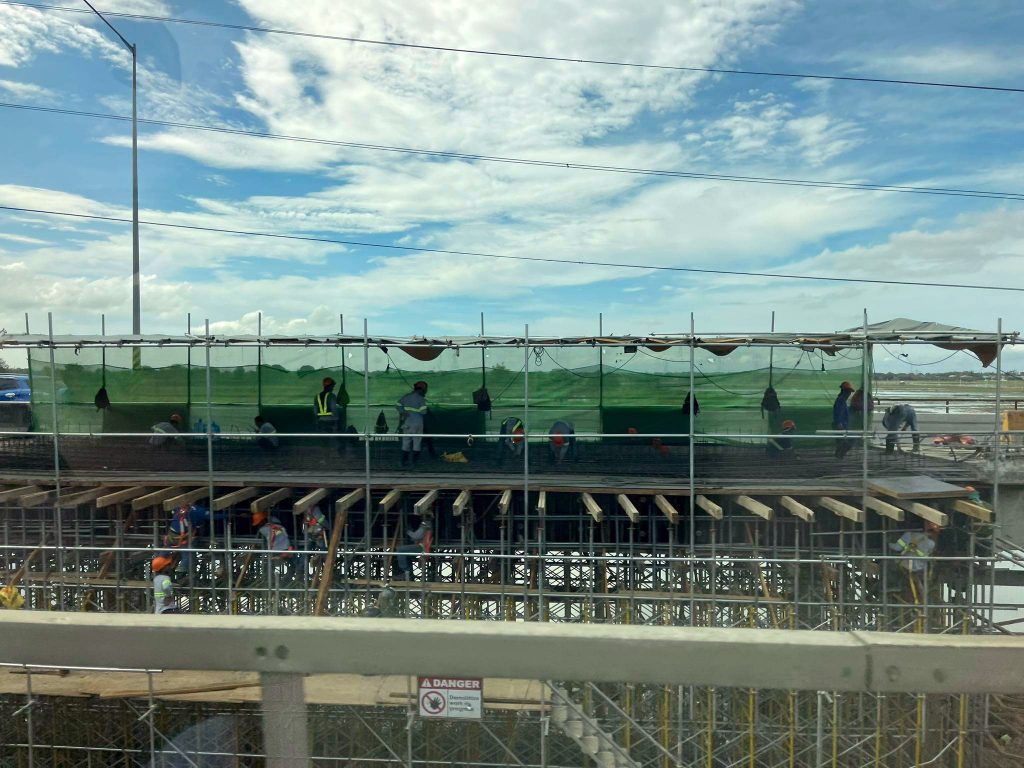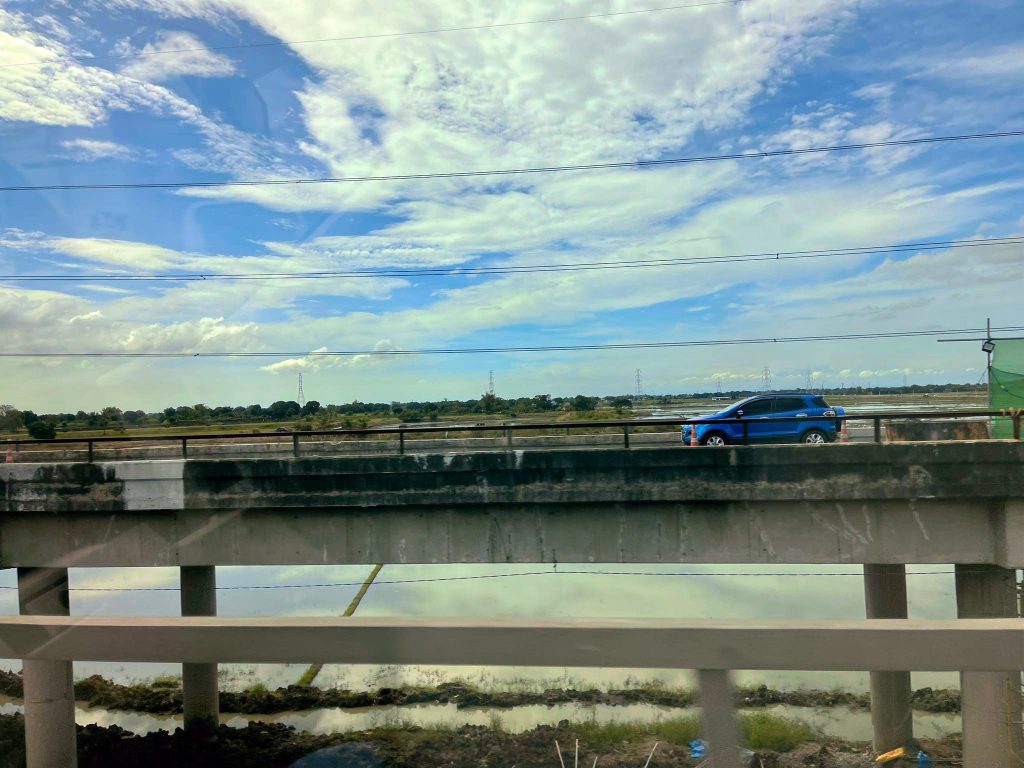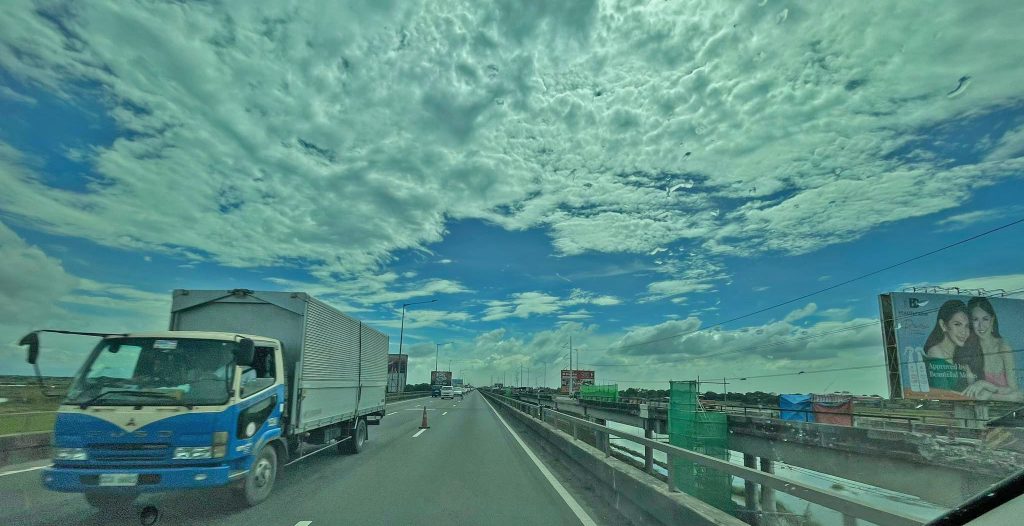House Deputy Speaker and Pampanga Third District Rep. Aurelio “Dong” Gonzales, Jr. on Monday bared plans to push for the construction of new bridges replacing the five-kilometer Candaba viaduct of the North Luzon Expressway (NLEX).
Gonzales made the statement following months of frequent traffic jams along NLEX spawned by retrofitting and re-decking works on dilapidated portions of the tollway’s longest bridges.


The idea was already broached before the members of the Pampanga Chamber of Commerce and Industry (Pamcham) several years ago during talks about the feared 7.1-magnitude earthquake that may hit Metro Manila and most of Luzon.
However, the suggestion never gained traction as the operator of the toll road, the former Manila North Tollways Corporation, now NLEX Corporation, was not keen on making additional investment for the reconstruction of the viaduct.
The twin bridges, that are second in length only to the 8.9-kilometer Cebu–Cordova Link Expressway (CCLEX) in Cebu province, were completed in 1976 to link Metro Manila and North Luzon thru the swampland of Candaba in the provinces of Pampanga and Bulacan.
The structure had become the preferred route of motorists since the only other major road leading to the National Capital Region is the MacArthur Highway, which is already crowded and itself due for major rehabilitation.

With the significant growth in traffic volume propelled by increased economic activities in the North, Gonzales explained, the government and NLEX Corporation should reconsider reconstructing the whole viaduct instead of undertaking mere “palliative repairs.”
“The bridges are old. The patches of damages being repaired at present are signs that the bridges’ structural integrity is vulnerable. Sooner or later, more parts of the spans may need minor or major repairs,” Gonzales said.
“We would like to commend NLEX Corp. for undertaking these immediate repairs but we need a long-term solution to the deteriorating state of the viaduct,” he said.
The rehabilitation works frequently cause hours of traffic gridlock as some lanes had to be closed to give way for the construction.
Gonzales pointed out, though, that the traffic jam caused by the current rehabilitation works is nothing compared to the inconvenience if one or both bridges were to collapse due to either man-made or natural factors.
“Worse is if such damage would cause loss to properties, injuries or even deaths,” Gonzales added.
Gonzales suggested that a new span should be built while the existing two bridges are still passable. Once the new span is aligned, the old bridges can then be torn down and replaced one after the other.
“This is to ensure that traffic flow will remain smooth as if there were no construction activities happening in the area,” Gonzales explained.
The construction of the new bridges may also include establishing a new interchange in the area to provide access to new roads underneath.
Gonzales said his office will arrange for a meeting with the Department of Public Works and Highways and NLEX Corporation to discuss possible cooperation between the government and the private firm over his proposal.
“Both the economic activities in many regions and safety of the people are at stake if these bridges will not be replaced while there is still material time to act upon. We should address this concern proactively to prevent any untoward incidents,” said the congressman.
On the economic side, the NLEX plays a vital link between sources of raw materials, manufacturers and end-consumers. Provinces in the north, the NCR and southern areas both benefit from this eonomic cycle.
“The billions of pesos to be spent in constructing the viaduct will be relatively minimal compared to the economic activities that will benefit from its continuous operation,” he stressed.
Gonzales also plans to seek the support of Central and Northern Luzon blocs of congressmen and senators to press on the initiative to the national government.
“I am optimistic of the support of legislators from the northern regions of Luzon, and even President Ferdinand Marcos, Jr. because their regions’ economies also depend on these tollways,” Gonzales disclosed.




